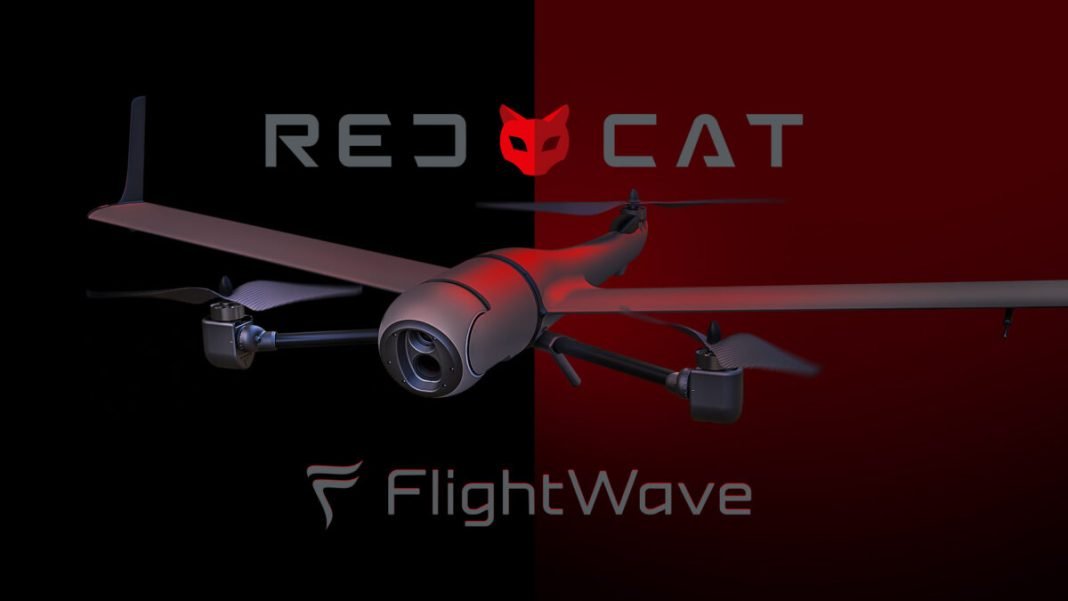The drone industry is no longer a speculative sector—it’s an emerging force shaping the future of logistics, security, agriculture, and even urban transportation.
In 2025, drone technology continues to mature beyond its roots in military use and consumer gadgets, stepping into real-world applications that promise both efficiency and disruption.
And while investors have long had their eyes on well-known giants like Amazon, Lockheed Martin, and Boeing, the real opportunity may lie with the lesser-known names quietly innovating behind the scenes.
As drone-related technology expands into critical industries—ranging from autonomous delivery to smart farming—there’s a class of under-the-radar public companies and soon-to-be public startups showing enormous potential.
These firms don’t just represent a bet on drones; they represent a stake in what could become one of the most transformative industries of the decade.
Below, we look at five of the most promising, yet underappreciated, drone stocks investors should be watching in 2025.
1. Red Cat Holdings (RCAT): A Small Cap with Big Defense Ambitions
Red Cat Holdings may not be a household name, but it’s making waves in the defense drone sector. Through its subsidiary, Teal Drones, Red Cat has carved out a position as a provider of rugged, military-grade unmanned aerial systems (UAS).
The company has aligned itself with U.S. government agencies and NATO allies seeking alternatives to Chinese-made drones, and that’s not just a political advantage—it’s a market necessity.
The firm’s emphasis on secure video streaming and situational awareness tools gives it a technological edge, particularly at a time when digital warfare is becoming just as important as physical defense.
Red Cat’s contracts with the U.S. Department of Defense, combined with its recent push into NATO territories, could make 2025 a breakout year.
2. AgEagle Aerial Systems (UAVS): A Smart Bet on Precision Agriculture
If there’s one industry that stands to benefit most from drone integration, it’s agriculture. AgEagle Aerial Systems is betting on that transition. Known for its line of advanced drone hardware and aerial analytics, the company is focused on enabling precision farming—where real-time aerial data informs planting, fertilization, and irrigation decisions.
But AgEagle isn’t stopping at agriculture. The firm is now leveraging its drone infrastructure for use in infrastructure inspections, energy utilities, and environmental monitoring.
Although the company’s share price has seen volatility in recent years, its market positioning suggests long-term potential—especially if sustainability trends and smart farming adoption continue to rise globally.
3. Ondas Holdings (ONDS): The Brains Behind Autonomous Drone Networks
While many drone companies focus on hardware, Ondas Holdings is building the infrastructure needed to manage autonomous fleets at scale. Through its subsidiaries American Robotics and Airobotics, Ondas is one of the few companies to receive FAA approval for autonomous drone operations in the U.S.
The company’s vision goes beyond flying machines—it’s about integrating drones into smart city ecosystems, particularly in sectors like oil & gas, rail, and industrial infrastructure.
With growing interest in AI-driven inspections and automated aerial data collection, Ondas is in a prime position to provide both the drones and the networks that power them.
For long-term investors, this is a play on autonomy and industrial efficiency—not just aviation.
4. Draganfly (DPRO): Drones for Health and Humanitarian Aid
Where most drone firms target defense or logistics, Draganfly has built its reputation on a different frontier: emergency response and health services.
The company gained attention during the COVID-19 pandemic for its innovative drones equipped to detect fever and respiratory rates in crowds.
In 2025, it’s taking that same technology into humanitarian zones and disaster recovery efforts.
With drones that can deliver critical supplies, monitor health metrics, and aid in search and rescue, Draganfly is turning drone tech into a force for good.
And while its valuation remains modest, its social impact and unique use cases could draw institutional interest, particularly from ESG-focused funds.
5. DroneUp (Pre-IPO): The Delivery Disruptor Flying Under the Radar
While not yet public, DroneUp deserves a mention. Partnered closely with Walmart, DroneUp is building out a scalable drone delivery network for last-mile logistics.
Its proprietary tech stack allows for autonomous delivery of groceries and small packages—a concept that once seemed futuristic but is now rolling out in real-time across several U.S. states.
If DroneUp announces an IPO this year—as some analysts predict—it could become the Zipline of America, offering a public investment opportunity in autonomous retail logistics.
For those watching the convergence of e-commerce and airspace, this is one to track closely.
Conclusion: Eyes on the Sky, Opportunities on the Ground
The drone market is flying high in 2025—and it’s only just taken off. While the spotlight often shines on the aerospace titans, the smartest money may be on the disruptors operating just below the radar.
From defense and delivery to agriculture and emergency response, these five companies represent the diverse—and investable—future of drone technology.
Investors seeking growth in emerging tech would do well to watch this space. In a world increasingly driven by automation, aerial data, and real-time logistics, drone companies like RCAT, UAVS, ONDS, DPRO, and potentially DroneUp may offer a compelling opportunity not just to observe the future—but to own a part of it.
Also Read
Dow and X-Energy’s Nuclear Leap: Redefining Industrial Power with Advanced Reactors in Texas
Why North American Construction Group Is Suddenly a Top Value Pick

